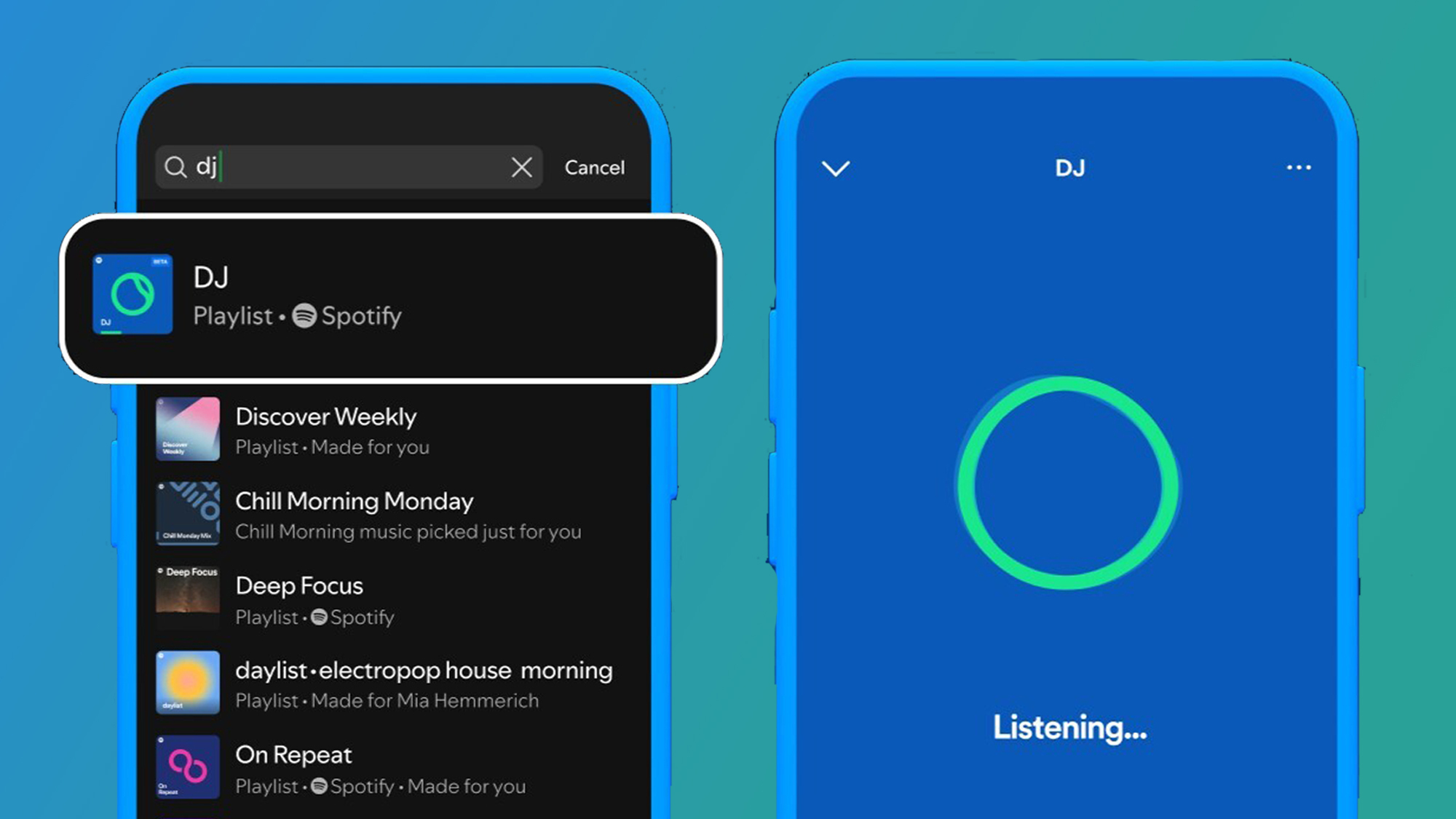How to reduce aws costs for startups?
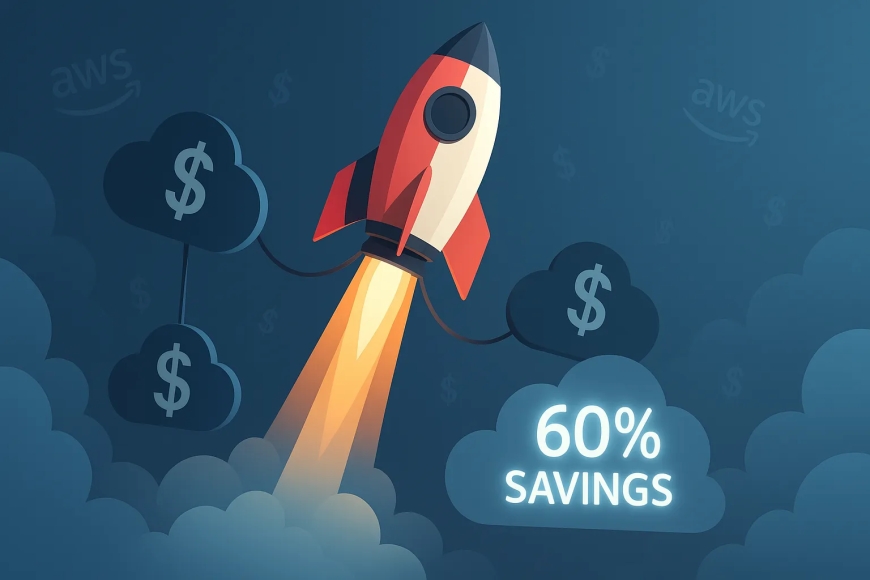
Amazon Web Services (AWS) is a go-to solution for startups. It's scalable, flexible, and supports nearly every modern tech stack. But as many founders quickly learn, AWS costs can spiral out of control especially when you're moving fast and focusing on building product over optimizing infrastructure.
From provisioning oversized instances to forgetting to shut down unused services, it’s surprisingly easy to rack up thousands of dollars in avoidable charges.
For startups operating on razor-thin budgets, every dollar spent on unnecessary infrastructure is a dollar not spent on growth, talent, or product development.
The good news?
With a few practical strategies and the help of smarter automation tools, you can dramatically cut your monthly cloud bill often by 40% to 60% while still scaling confidently.
Let’s break down how you can do it.
Stop paying for what you’re not using
Many startups spin up EC2 instances, attach EBS volumes, or use managed services like RDS for testing and prototyping and then forget they exist. These unused resources sit idle, quietly generating charges month after month.
Instead of manually reviewing usage every week (which no one has time for), use AWS Cost Explorer to identify underutilized or forgotten resources. You’ll be surprised how much you can save by simply turning things off.
Some platforms go one step further.
For example, Kuberns, an AI-powered deployment tool, continuously scans your environment and flags wasteful resources.
Startups using Kuberns have reportedly slashed AWS bills by up to 60%, just by acting on these insights.
Match your instance size to your needs
Over-provisioning is a common mistake. You think your app might need more power, so you launch an EC2 instance that's way too big, just in case.
Multiply this by 5 or 10 services, and you're bleeding money.
The fix?
Right-sizing.
AWS Compute Optimizer uses historical usage data to recommend instance types that match your workloads. It’s a free feature that can unlock big savings, especially if you’ve been guessing your instance sizes.
Alternatively, tools like Kuberns handle this in the background. They analyze CPU, memory, and disk usage across your containers and suggest cheaper, better-fitting infrastructure setups.
Automate your scaling
Your app might only get high traffic during the day, but if your infrastructure is scaled for peak traffic 24/7, you're paying for unused capacity most of the time.
Set up Auto Scaling Groups to dynamically scale your instances based on demand. You can also configure Scheduled Scaling for known traffic patterns like scaling down at night.
Even better?
Let smart deployment platforms like Kuberns automate scaling based on real-time usage. That means fewer developer hours spent writing scaling logic and a lower monthly bill.
Leverage AWS pricing models wisely
If you're running production workloads, you don't always need to pay on-demand rates. Reserved Instances (RIs) offer major discounts (up to 72%) for committing to a one- or three-year term. If your workloads are predictable, RIs are a no-brainer.
On the flip side, for development or batch-processing tasks, Spot Instances can offer savings of 70% to 90% with the caveat that AWS can reclaim them with little notice.
Some platforms can mix and match instance types for you, running lower-priority tasks on spot instances while keeping core services on reserved capacity.
Kuberns, for example, helps automate these choices behind the scenes making cost-efficiency seamless for startups.
Monitor and optimize continuously
The key to keeping your cloud bill low isn’t just a one-time cleanup, it’s consistent visibility.
Use AWS Budgets and Billing Alerts to set monthly caps and get notifications when you're approaching limits. Set up Trusted Advisor (available with business support plans) to get recommendations on idle load balancers, underutilized databases, and more.
But if you’d rather avoid the AWS console altogether, tools like Kuberns act as a smart middle layer. They offer continuous monitoring, cost breakdowns, and actionable suggestions without needing a full-time cloud engineer.
The Bottom Line
Cloud overspending isn't just an enterprise problem it affects startups even more because every wasted dollar hurts. By identifying idle resources, right-sizing your infrastructure, leveraging automation, and using intelligent cost-optimization platforms like Kuberns, startups can reduce their AWS bills dramatically.
Best of all? You don’t need deep AWS knowledge to get started.
If you're currently feeling the sting of unpredictable AWS bills, Kuberns is offering a cost audit and up to 60% savings on your cloud infrastructure, a potential game-changer for bootstrapped or fast-scaling startups.














































































































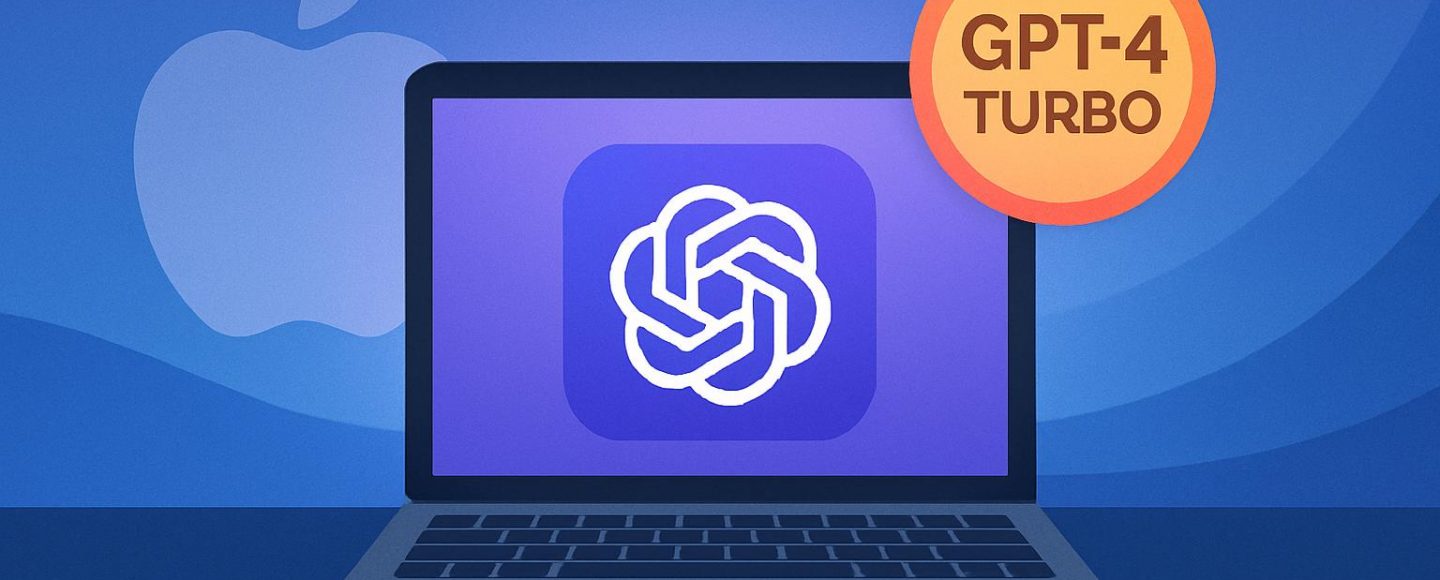
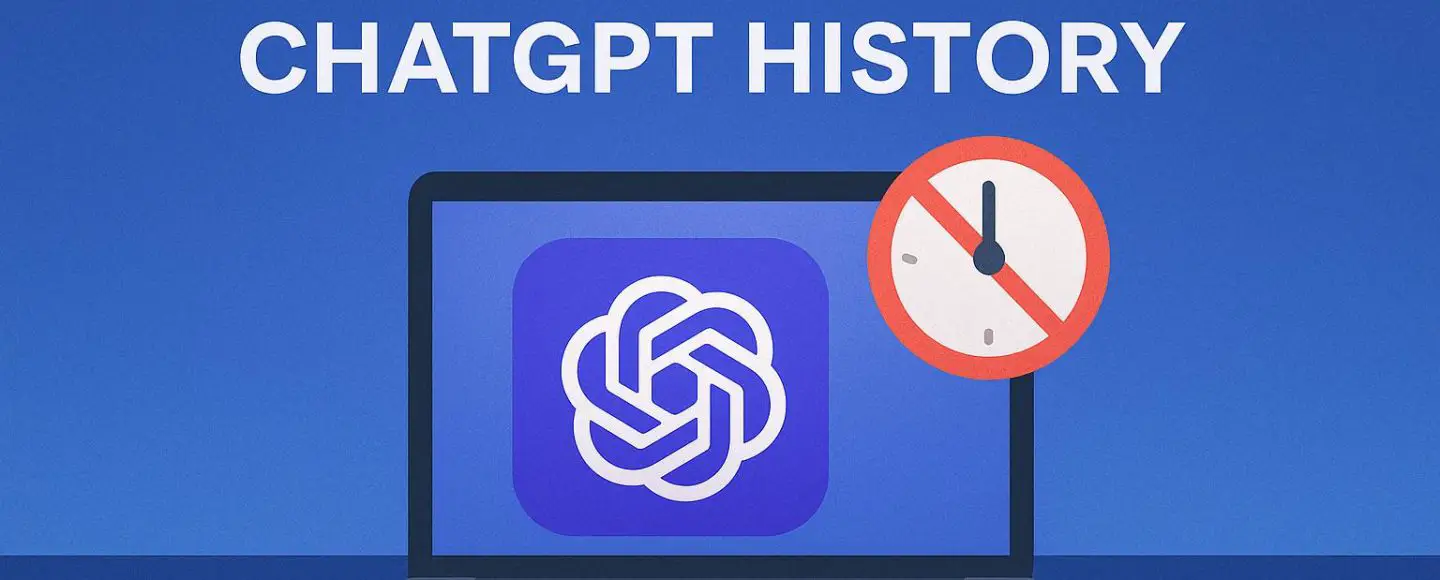




















































![[The AI Show Episode 147]: OpenAI Abandons For-Profit Plan, AI College Cheating Epidemic, Apple Says AI Will Replace Search Engines & HubSpot’s AI-First Scorecard](https://www.marketingaiinstitute.com/hubfs/ep%20147%20cover.png)
































































































































![Ditching a Microsoft Job to Enter Startup Purgatory with Lonewolf Engineer Sam Crombie [Podcast #171]](https://cdn.hashnode.com/res/hashnode/image/upload/v1746753508177/0cd57f66-fdb0-4972-b285-1443a7db39fc.png?#)


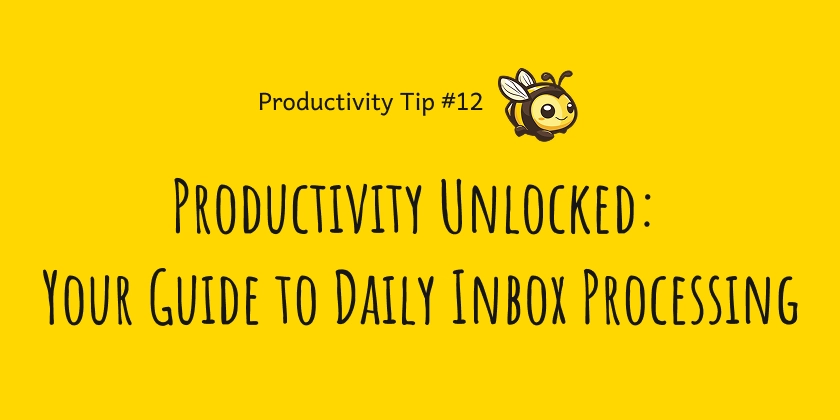














































.png?width=1920&height=1920&fit=bounds&quality=70&format=jpg&auto=webp#)








































































































































































































![Apple Unveils Powerful New Accessibility Features for iOS 19 and macOS 16 [Video]](https://www.iclarified.com/images/news/97311/97311/97311-640.jpg)
![Samsung's New Galaxy S25 Edge Takes Aim at 'iPhone 17 Air' [Video]](https://www.iclarified.com/images/news/97276/97276/97276-640.jpg)
![Apple to Launch AI-Powered Battery Saver Mode in iOS 19 [Report]](https://www.iclarified.com/images/news/97309/97309/97309-1280.jpg)

















